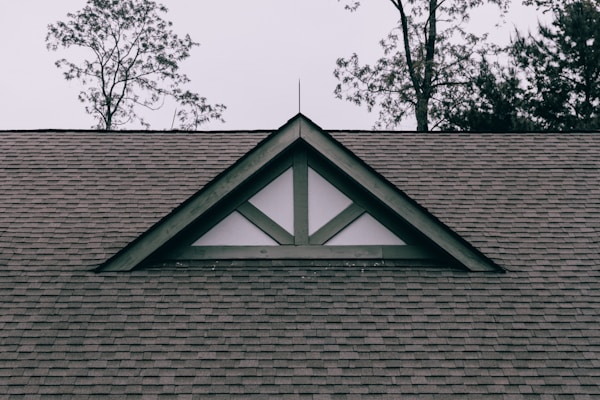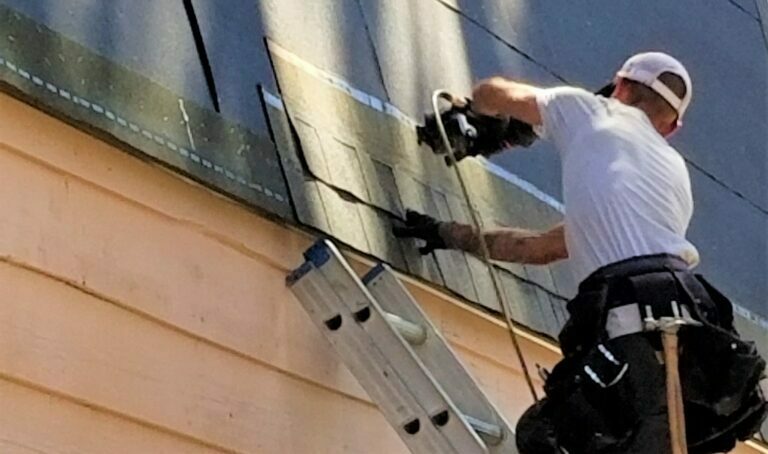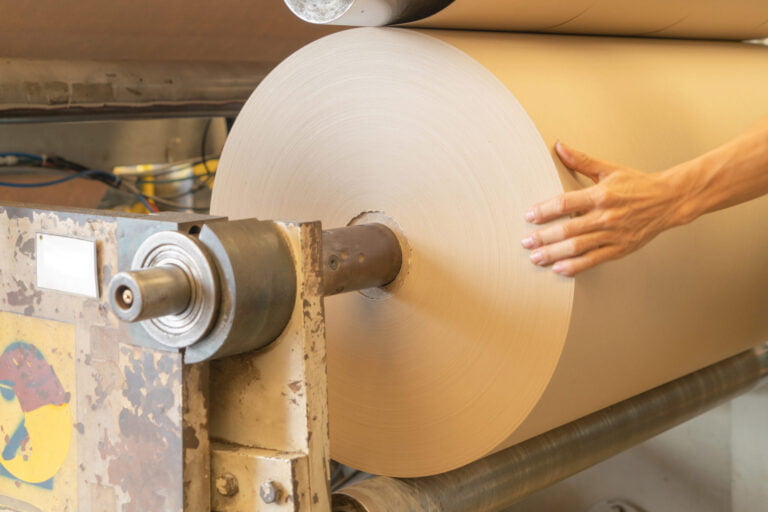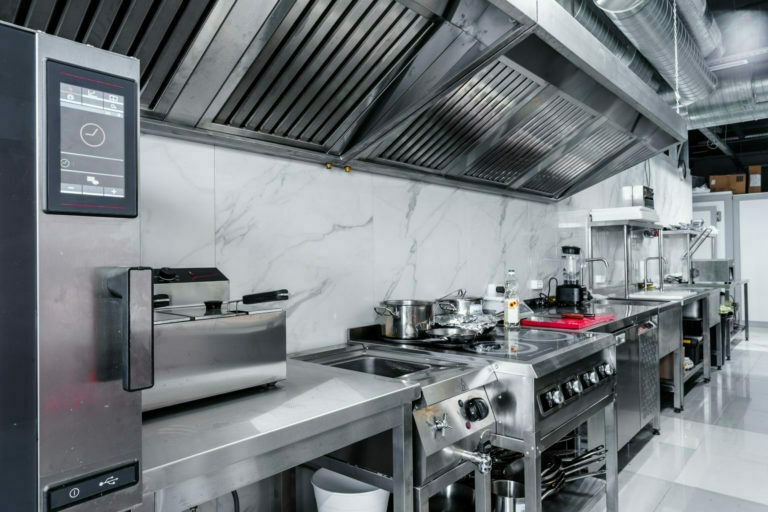A roof is one of the most important parts of your home. Not only does it keep you and your belongings dry, but it also helps protect your home from the weather and the elements. It’s crucial for homeowners to ensure that their roof is in good condition and is regularly maintained. When there is damage that needs to be repaired, or your roof is just nearing the end of its lifespan, you may need to invest in roof replacement. However, it is necessary to make the right choices if you want to maximize the value of your investment in your property. If you’re in need of more information, keep reading to find out what goes into the cost of roof replacement.
What goes into the cost of a roof replacement?

When it comes to replacing a roof, the roof replacement cost is one of the most significant considerations. The size and type of your existing roof will have an impact on your overall price tag since more complex roofs require more time investment from professionals in order to complete them properly. Lower sloped roofs are generally cheaper than steeper ones because they involve fewer labor hours due to fewer layers being required. If there is any underlying damage or other issues with your current roof this can also increase costs significantly as additional repairs may need to be done
Materials also play a major role in determining total replacement cost; asphalt shingle roofs are typically less expensive than metal ones but both come with their own advantages depending on what’s best for your home environment and climate conditions where you live. Additionally, certain types of material might require extra insulation which could add to the total cost. Labor costs vary widely between different contractors so it pays off to do your research. A roofer can make recommendations as to what type of roof will best meet your needs.
No matter what type of roof you have, regular inspection is the best way to ensure it is in good condition. Make sure to inspect your roof after extreme weather or after the season changes. During the inspection, look for any signs of damage or wear and tear. Keep an eye out for any missing, cracked, or curling shingles, as well as any signs of mold or mildew.
What other exterior improvement projects should you prioritize?

Now that you know how to handle your roof replacement, let’s talk about some other projects you should consider that will noticeably elevate the appearance and functionality of your home’s exterior. For example, landscaping is an amazing investment for homeowners. It can raise the value of your home and provides you and your family with a place where you can relax and enjoy nature whenever you want to. Best of all, there are no rules. You can be as creative as you want and incorporate colorful and vibrant plants into your lawn design.
Beyond lawn design, you should inspect the condition of your windows as well. Cracks and crevices can create air leaks, which let in outdoor air, moisture, and even pests. This can create serious health and safety risks for you and your family. Check regularly for flaws or imperfections and if you find any, seal them right away with caulk or weatherstripping. This is a simple project that shouldn’t take too long. If you find severe damage, then you may need to call a professional contractor to discuss having them repaired or replaced.
Overall, the price of a roof replacement can vary greatly depending on the size of the roof, the materials used, and the labor costs. The complexity of the roofing job will have an impact as well. You can talk to a professional roofer and have them inspect your current roof if you want to get some expert advice on whether or not you need a replacement and about what type of roof is right for your home. You should also take other steps to improve your home’s exterior, including having your yard landscaped and fixing any issues with the condition of your windows. Follow these tips and you’ll be sure to have the best-looking house on your block.








